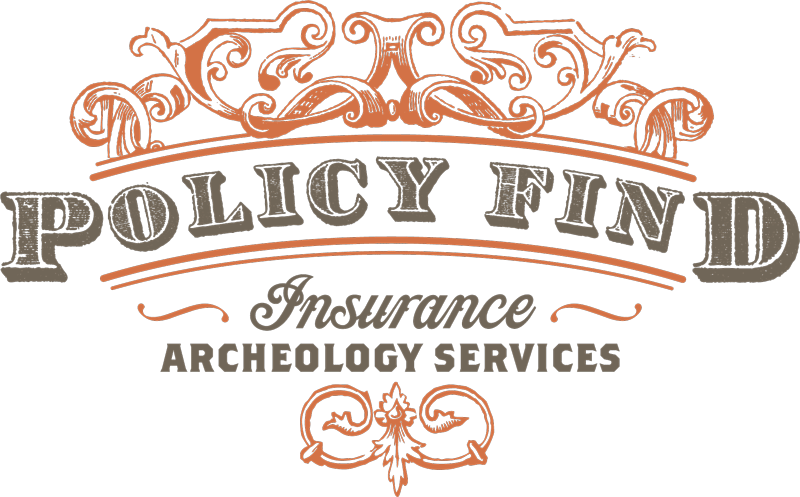Today’s Environmental Compliance Costs: Insurance Archeology for the Laundry Industry
January 2009 issue of Laundry Today
An increasing number of laundries are striving to heighten their ‘green consciousness.’ Many go above and beyond what is necessary for them to maintain environmentally correct facilities. But sometimes, even with the best intentions, a facility can find itself on the wrong side of compliance based upon the actions of companies who previously operated on the land where they are currently located.
Do you know what type of business operated on your business’ property prior to your facility? Could it have been a dry cleaner? A gas station? A paint manufacturer? There are a host of industries that unbeknownst to you could have polluted the ground beneath your current facility. However, as the current owner of the property – you are responsible for any previous pollutants and clean-up costs.
Even though there are a host of possible pollutants to the land upon which your facility stands, consider the following scenario. Your laundry facility was built upon land once used for a dry cleaning facility. Or, you may have purchased an industrial laundry that once operated as a dry cleaner. You have been cited for pollution. What do you do now?
DISAPPEARING POLLUTION COVERAGE
In 1986 most dry cleaners began having difficulty obtaining insurance that would cover pollution at their plants. Standard policy language in use by most of the insurance carriers issuing coverage changed dramatically that year. Suddenly, pollution was absolutely excluded from the coverage provided. Those dry cleaners that wanted to insure their plants against property damage from pollution had to purchase special pollution policies at dramatically increased cost. Most declined to purchase this optional new coverage and therefore continued insuring their operations under standard business policies that did not cover pollution events.
In the mid 1990’s, it became commonplace for commercial and industrial cleaning operations to refinance their operations. Banks deciding whether to make new loans first required environmental assessment and soil and ground water sampling to be conducted on the subject property. If soil or ground water contamination were identified, the state or regulatory agency would step in to oversee the follow-up investigations and clean up.
Overwhelmed by spending hundreds of thousands of dollars to remediate contaminated soils from groundwater beneath their plants, many owners went into bankruptcy. Incredibly, others are reaching into their own pockets to pay with today’s dollars fro pollution that occurred decades earlier. In many cases, there is a better solution.
Now, consider this-remember that prior to 1986, standard business insurance policies had language providing coverage for pollution events at their plants. If the pollution occurred during these pre-1986 policy periods, in the majority of states, there is money available under these policies to pay the attorneys and environmental engineers experienced at cleaning up contamination.
INSURANCE ARCHEOLOGY
This is where reaching into the past, or insurance archeology comes into play. One way to address the clean-up costs on compliance is to fund lost or mislaid insurance policies to provide the needed coverage. This is the job of an insurance archeologist. For a few thousand dollars vs. a few hundred thousand, industrial and commercial cleaners can retrieve insurance policies issued to operations prior to 1986 with the potential to pay both attorney’s fees and environmental engineering Policy searches typically take 90 days. The goal is the retrieval of documents that identify the terms, conditions and limits of general liability policies purchased prior to 1986. Once these documents are found, a facility can file claims with their insurers and demand that their insurance companies defend them from the state environmental agency’s demand and their associated costs.
David O’Neill has over 15 years of experience in claims recovery on behalf of corporate policyholders involving environmental property damage and toxic tort and asbestos exposure claims. He is an accomplished insurance archeologist with extensive experience in locating and retrieving insurance coverage evidence on behalf of potentially responsible parties responding to environmental investigation and remediation demands. Mr. O’Neill is also an experienced PRP investigator with knowledge of CERCLACSARA requirements, having conducted over thirty PRP searches at Superfund hazardous waste sites for PRP defense counsel and previously for USEPA Regions V and VIII. Mr. O’Neill was formerly Insurance Research Manager for risk management company in Akron, Ohio. He graduated from Case Western Reserve Law School in 1986. Mr. O’Neill can be reached at (866) 888-7911.

Recent Comments